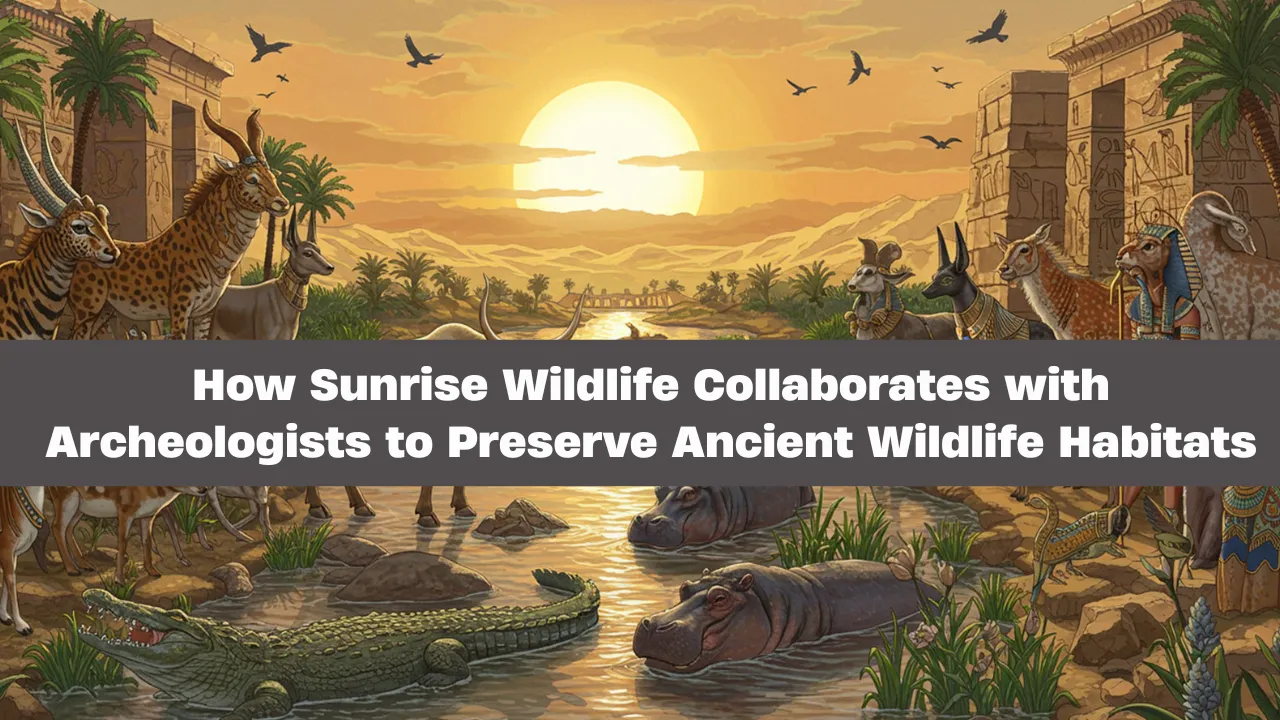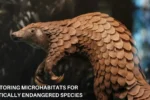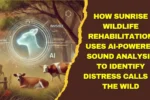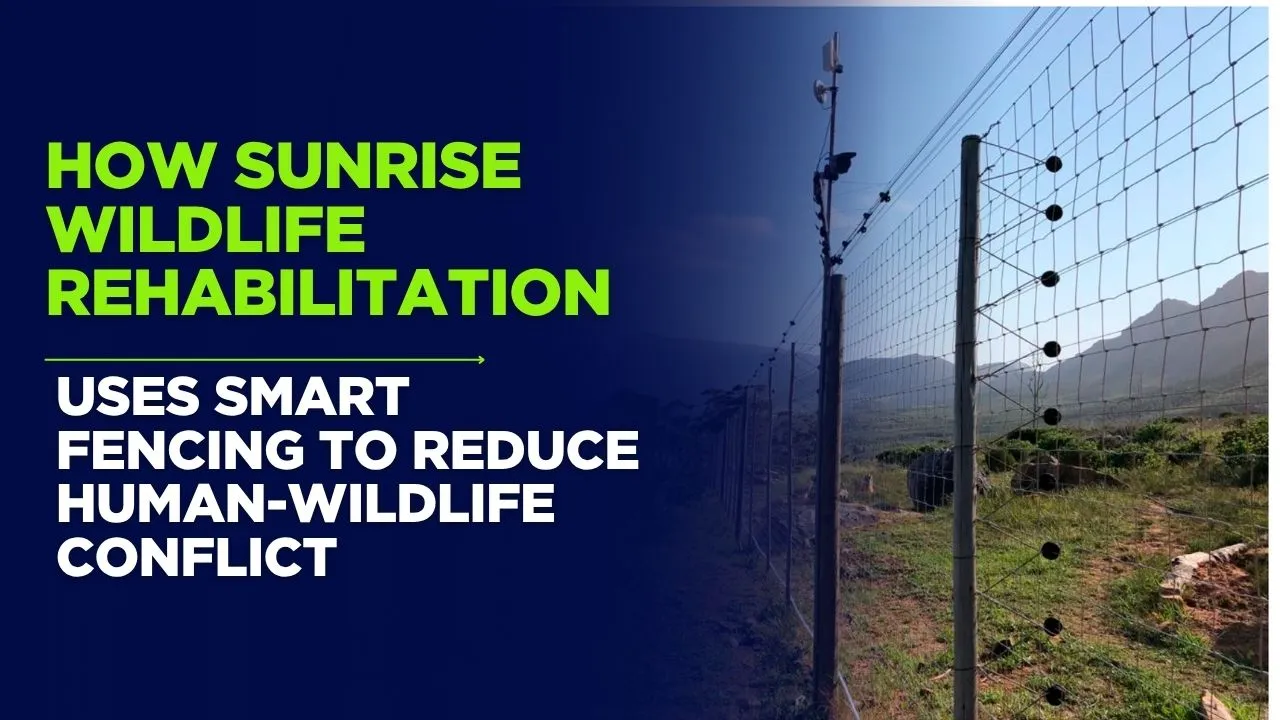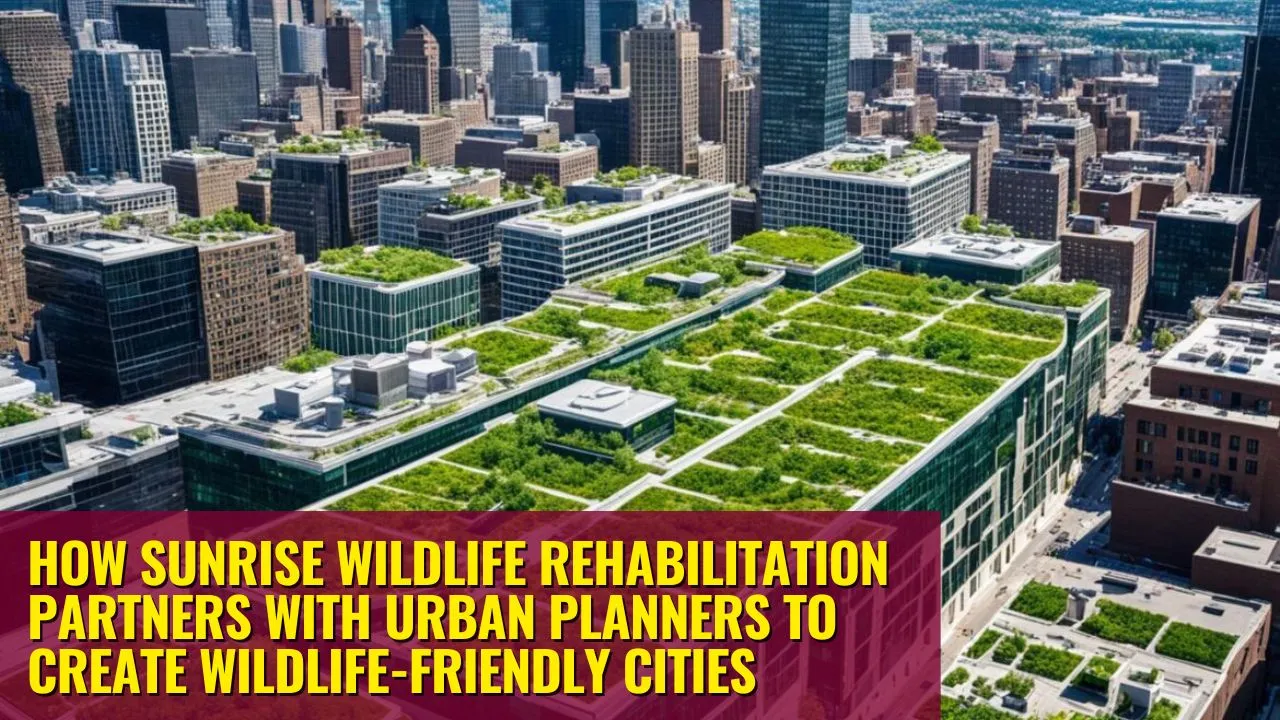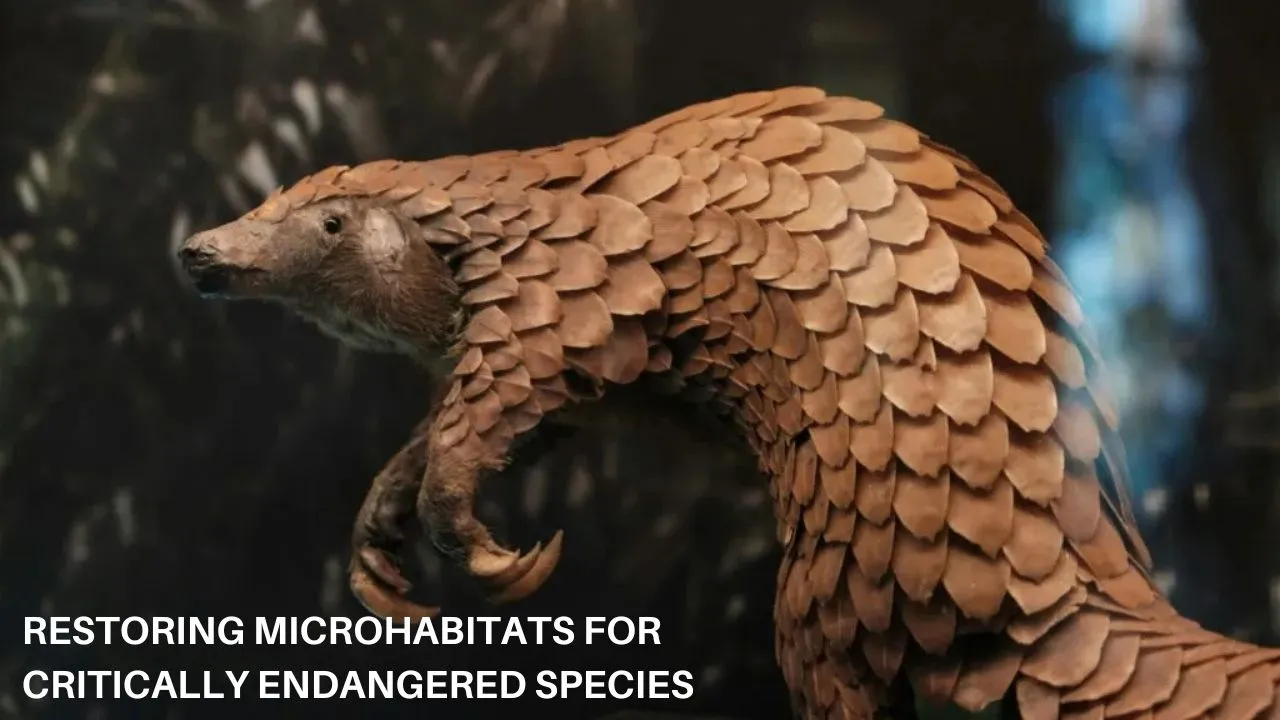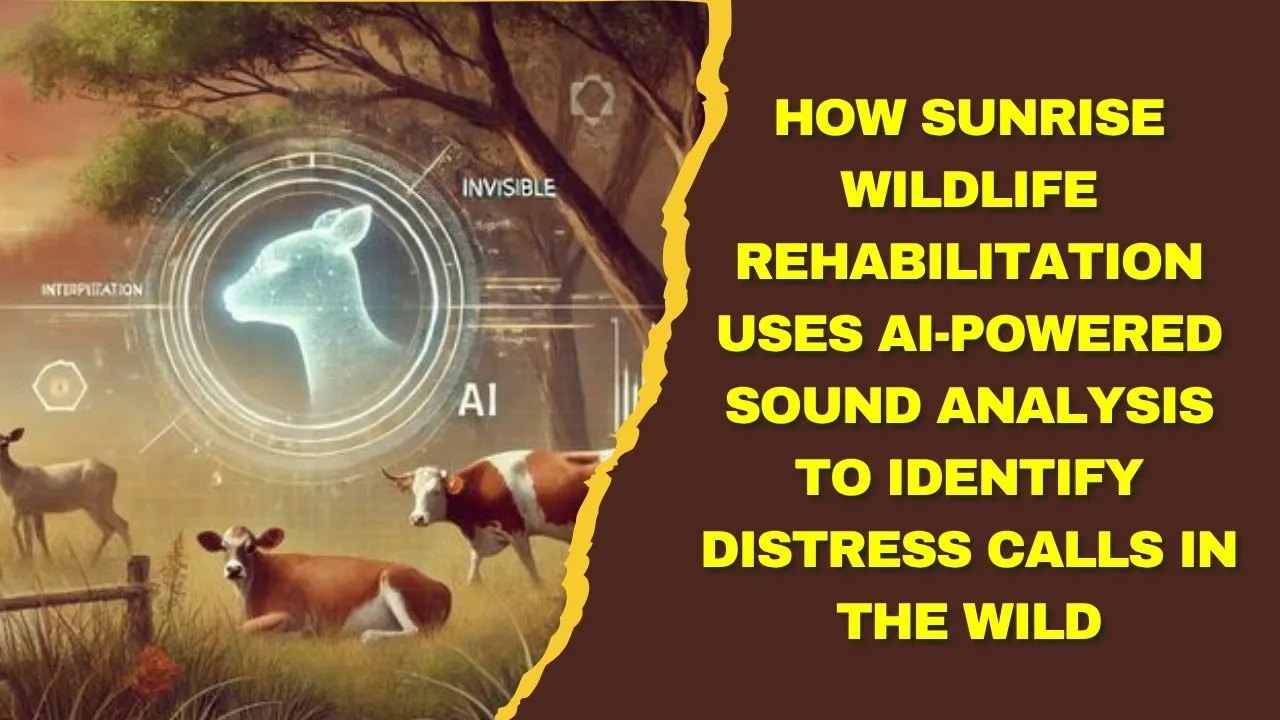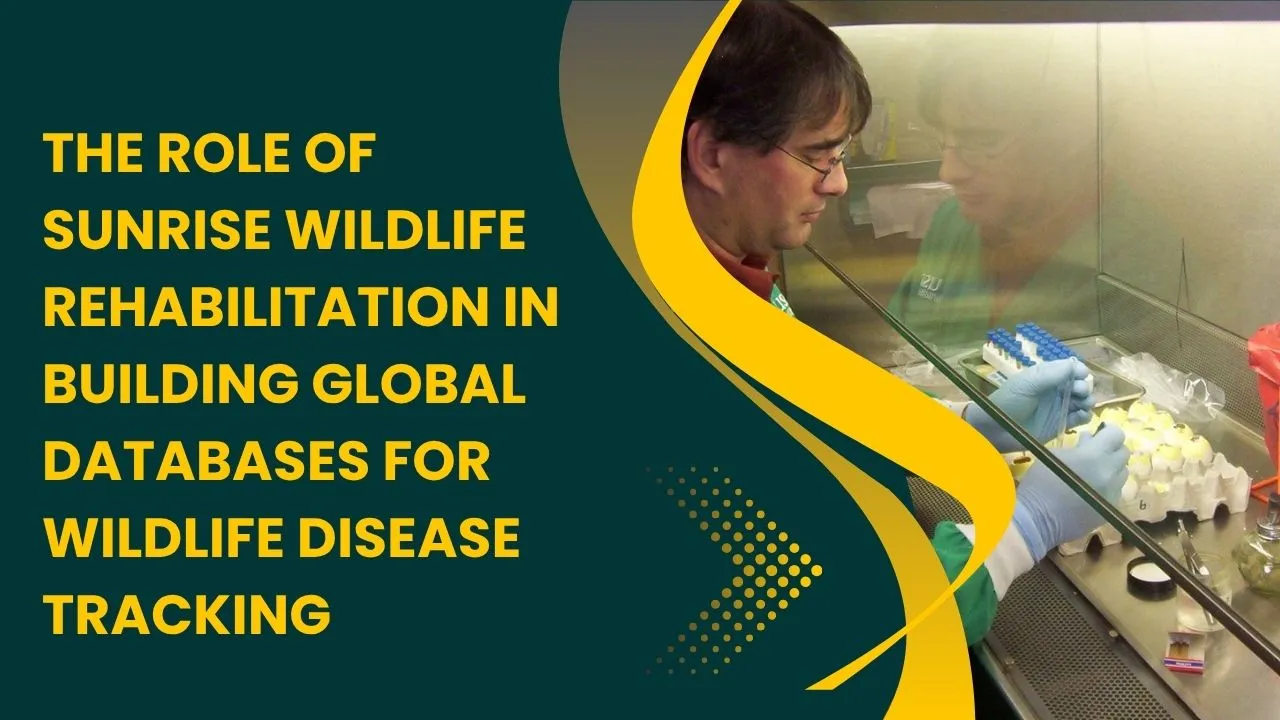Sunrise Wildlife has become a trusted name in the field of habitat preservation, not only for its efforts to protect rare animals but also for its groundbreaking work alongside archeologists. These collaborations are about more than just saving species. They aim to safeguard entire landscapes where history and nature are woven together, ensuring that future generations inherit both the living creatures and the stories of the land.
In many places, ancient ruins and untouched ecosystems occupy the same space. This article explores how Sunrise Wildlife partners with archeologists to protect these unique areas. We’ll look at the strategies, challenges, and benefits of this teamwork, while highlighting how their efforts are reshaping conservation and historical research across the globe.
Preserving Ancient Wildlife Habitats with Sunrise Wildlife
When archeologists begin work in an untouched location, they are often stepping into a thriving ecosystem. Sunrise Wildlife brings expertise in wildlife conservation to ensure these habitats are respected during research. By blending ecological knowledge with historical preservation techniques, they create protection plans that allow scientific exploration without damaging fragile species or their homes.
Their approach focuses on mapping wildlife patterns, limiting physical disruption, and restoring sites once research is complete. This balance allows archeologists to uncover human history while maintaining the integrity of the land and its biodiversity. In doing so, Sunrise Wildlife ensures that ancient landscapes remain alive with both natural and cultural heritage.
Overview of Collaboration Efforts
| Aspect of Collaboration | Role of Sunrise Wildlife | Role of Archeologists | Shared Goal |
| Site Assessment | Map wildlife presence and habitat sensitivity | Identify archeological significance | Plan work without overlap or harm |
| Protection Measures | Set up buffer zones, monitor species | Follow eco-safe excavation protocols | Preserve both species and artifacts |
| Community Engagement | Educate locals on conservation | Share historical findings | Build pride and stewardship |
| Post-Research Actions | Restore habitat, replant vegetation | Secure artifacts for study | Leave the site healthier than found |
Why Collaboration Matters for Ancient Habitats
The overlap between archeological sites and natural habitats is not rare—it’s common. Ancient people often settled in resource-rich areas, which are now biodiversity hotspots. Without coordinated protection, excavation can disturb nesting grounds, migration routes, and fragile plant life. Sunrise Wildlife fills this gap by ensuring that preservation plans consider both historical and ecological importance.
This dual-focus approach means researchers gain insights into how humans and nature coexisted in the past, while today’s species continue to thrive. The result is a more complete story of the land’s legacy, one that respects both its living and non-living treasures.
How Sunrise Wildlife Supports Archeological Research
Partnerships begin with detailed site evaluations. Sunrise Wildlife specialists work alongside archeologists to mark areas that are environmentally sensitive. They train research teams in wildlife-friendly excavation methods, such as low-impact tools and controlled movement across the site.
They also bring in monitoring equipment to track animal activity before and during digs. If excavation risks disturbing key species—such as nesting birds or endangered plants—plans are adjusted. This careful coordination reduces the risk of irreversible harm while still allowing archeological discoveries to move forward.
Steps in Preserving Ancient Wildlife Habitats
The preservation process is structured and methodical:
- Site Survey and Mapping – Teams gather detailed ecological and archeological data to pinpoint sensitive areas and design safe work zones.
- Controlled Access and Restoration – Specific routes are designated for researchers, and once work is complete, disturbed soil and vegetation are repaired.
These steps prevent unnecessary habitat loss and keep ancient sites intact for continued study.
Benefits for Science and Conservation
This collaboration is a win-win. Archeologists can study ancient societies without harming the environment, and conservationists gain valuable data about how animals have adapted to these areas over centuries. The combined research often reveals how early humans shaped their surroundings in ways that sustained biodiversity—a lesson that holds relevance for modern environmental management.
By documenting these findings, Sunrise Wildlife helps build a stronger case for protecting such sites, not only for their historical value but also for their ecological significance.
Examples of Successful Projects
One notable project took place in a coastal wetland where ancient fishing tools were found alongside active bird nesting grounds. With Sunrise Wildlife’s guidance, researchers worked during non-breeding seasons, ensuring both heritage and wildlife were undisturbed.
In another case, a forest excavation uncovered ancient agricultural terraces. Instead of clearing the surrounding vegetation, the team preserved rare plant species while documenting how ancient farming practices supported biodiversity. These projects demonstrate that history and nature can be protected in harmony when careful planning is applied.
Challenges in Protecting Ancient Wildlife Habitats
Balancing the needs of wildlife and research can be complex. Certain species are highly sensitive to noise or human movement, and archeological work can unintentionally cause stress or displacement. Unpredictable weather, limited funding, and logistical constraints add further difficulty.
Sunrise Wildlife tackles these issues with adaptive management—adjusting work schedules, bringing in additional conservation staff, and involving local communities to maintain site protection. While challenges remain, this proactive approach keeps both goals in focus.
Role of Local Communities in Preservation
Local residents often know the land better than anyone. Sunrise Wildlife engages these communities from the start, sharing the importance of protecting both heritage and habitats. Locals may serve as guides, share oral histories, and participate in habitat restoration after research ends.
This involvement not only boosts the effectiveness of preservation efforts but also strengthens community pride. When residents see tangible benefits—such as eco-tourism, educational programs, and restored natural areas—they become long-term guardians of these sites.
Future of Wildlife and Archeological Collaboration
The future holds promise for even deeper collaboration. Sunrise Wildlife is exploring advanced technologies such as drone mapping, 3D site modeling, and eco-friendly excavation tools. These innovations allow teams to collect more data with less environmental disruption.
Their goal is to create a global model for integrated heritage and habitat conservation. By proving that science and nature can work together, they aim to inspire similar partnerships worldwide, ensuring that no ancient habitat is lost to neglect or poor planning.
Key Takeaways
- Sunrise Wildlife works closely with archeologists to protect both wildlife and ancient cultural sites.
- Collaboration ensures preservation of ecosystems and history for future generations.
FAQs
Q1: Why is Sunrise Wildlife involved in archeological projects?
Because many archeological sites are also wildlife habitats, and their expertise ensures both nature and history are preserved.
Q2: What types of wildlife are usually found in these habitats?
It varies by region, but can include endangered birds, rare plants, amphibians, and small mammals.
Q3: How are local communities part of the process?
They help with guiding researchers, protecting the site, and restoring habitats after projects end.
Q4: Do archeologists need special training for these collaborations?
Yes, they often receive training from conservation experts on how to work without disturbing sensitive species.
Q5: Can this collaboration model be used worldwide?
Absolutely. With adjustments for local conditions, it can work in many parts of the world where history and nature overlap.
Final Thought
The partnership between Sunrise Wildlife and archeologists shows that the protection of our past and our planet can go hand in hand. By combining conservation science with cultural preservation, they are writing a new chapter in how we value the land. Their work reminds us that the stories of our ancestors and the survival of our wildlife are deeply connected—and that safeguarding one often means safeguarding the other.
For anyone who believes in protecting both history and nature, this is a cause worth supporting, sharing, and celebrating.
